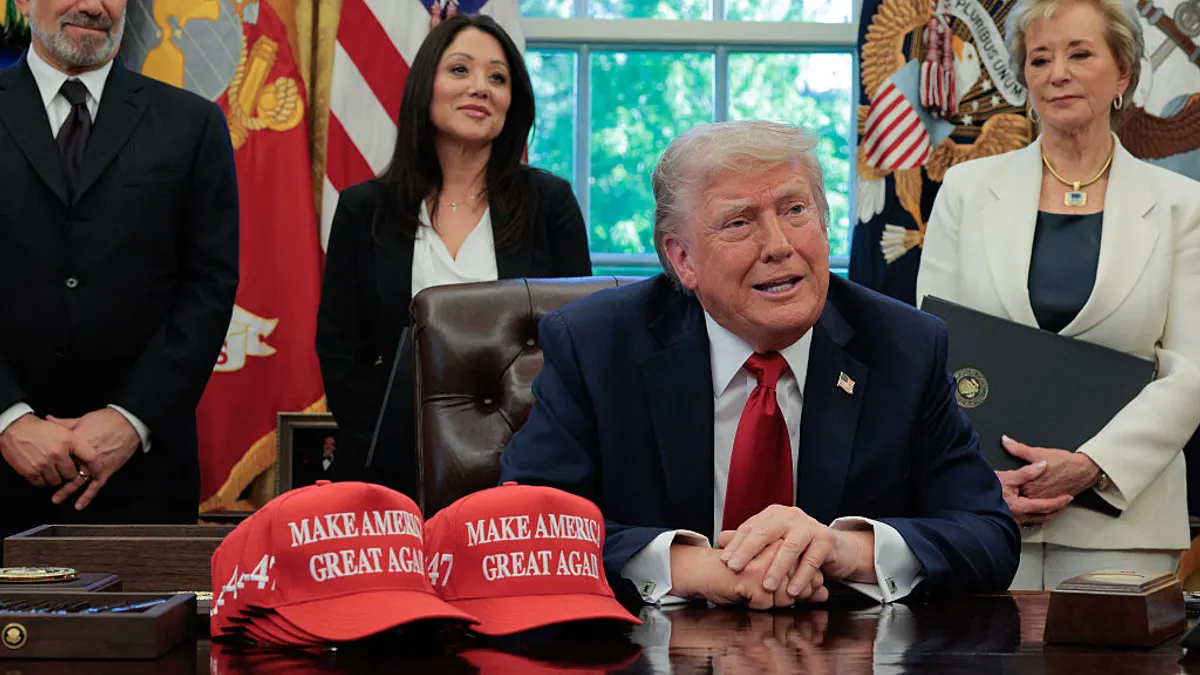It’s increasingly important for employers to build — not buy — talent pipelines.
When organizations take a reactive approach to talent acquisition and diversity and depend solely on old programs, it puts them at a serious competitive disadvantage, according to Kelsey White, director of Human Resources and Recruitment at MetroStar Systems.
White, who faces that challenge at MetroStar, a government contractor, says employers with workforces that encompass a diverse set of experiences, thought processes, approaches and opinions are more likely to outlast the competition.
In order to effectively recruit top talent while also fostering diversity, a major concern among employers today, White suggests that her HR colleagues think broadly when determining the outcomes they seek and the amount of investment they are willing to make.
"It's important to recognize that comprehensive recruitment strategies will not only produce immediate results, but will also foster a pipeline that can be tapped into for years to come," she says. "Employers of any size can come up with an approach that's tailored to their organization by identifying goals and having a desire to drive diversity in the workforce, along with a little creativity."
Based on her decade of HR experience at MetroStar and other companies, White offers five tips on how to build both a talent pipeline and diversity:
Recruit from outside your industry
Rather than recruiting from the same population as the competition, White says to consider other industries with similar transferrable skillsets. For example, if you are looking for entry level IT talent in the government contracting industry, consider candidates from the healthcare industry with an understanding of IT troubleshooting, network experience and a willingness to learn.
"A candidate with a positive attitude and eagerness to learn is more likely to be successful on your team than someone with the required experience, but a poor attitude," she says. "When you successfully bring talent into your workforce from outside of your industry, you immediately increase and experience diversity."
Focus on workforce pipeline initiatives
Start developing your workforce pipeline early. Get in front of pre-college and college students to teach the impact of STEM (science, technology, engineering, math) -related studies and careers. Don't just focus on the well-known STEM schools. Incorporate less well-known schools to diversify your future talent pipeline. Then, invite those students to a technical discussion at your company, holding shadow days, or sponsoring a science project.
Finally, develop a strong internship or co-op program and provide students with meaningful work, developmental opportunities, and a touch of fun. Before you know it, those college grads will be your entry level hires.
Networking and employee referrals
According to the SHRM, "employee referrals are the number one source of quality candidates …resulting in faster hires, improved employee retention levels, and higher profitability." Gallup also is a firm believer in referral strategies. Workers and their networks are far more diverse than employers realize, White says, adding that their experience in various industries and companies result in a diverse candidate pool.
"Take advantage of these connections by talking to your employees and asking them about their networks," she says. She also advises that HR discusses things that are preventing workers from making referrals and address any pain points up front. Finally, understand what motivates them and use that input to develop an appropriate and generous employee referral program.
Transitioning military programs
Such programs are a great way to give back to servicemen and women, and to engage with potential candidates before they are even on the job market, White says.
Transitioning veterans are often interested in understanding the types of companies and jobs that exist so that they can prepare accordingly. Reaching out to local transitioning military programs and scheduling time to speak with transitioning classes to help practice interviewing or to offer resume writing assistance is mutually beneficial to both veterans and in building a diverse and talented pipeline for your organization, White says.
Advertise to broad audiences
White says using ads at sporting events, public transportation or on radio stations is a great way to cast a wide net to get your company name out to a pool of potential candidates that might not otherwise exist.
"Tailor your messaging to describe the reasons that anyone would love to come work for your company to generate interest," she says.




















